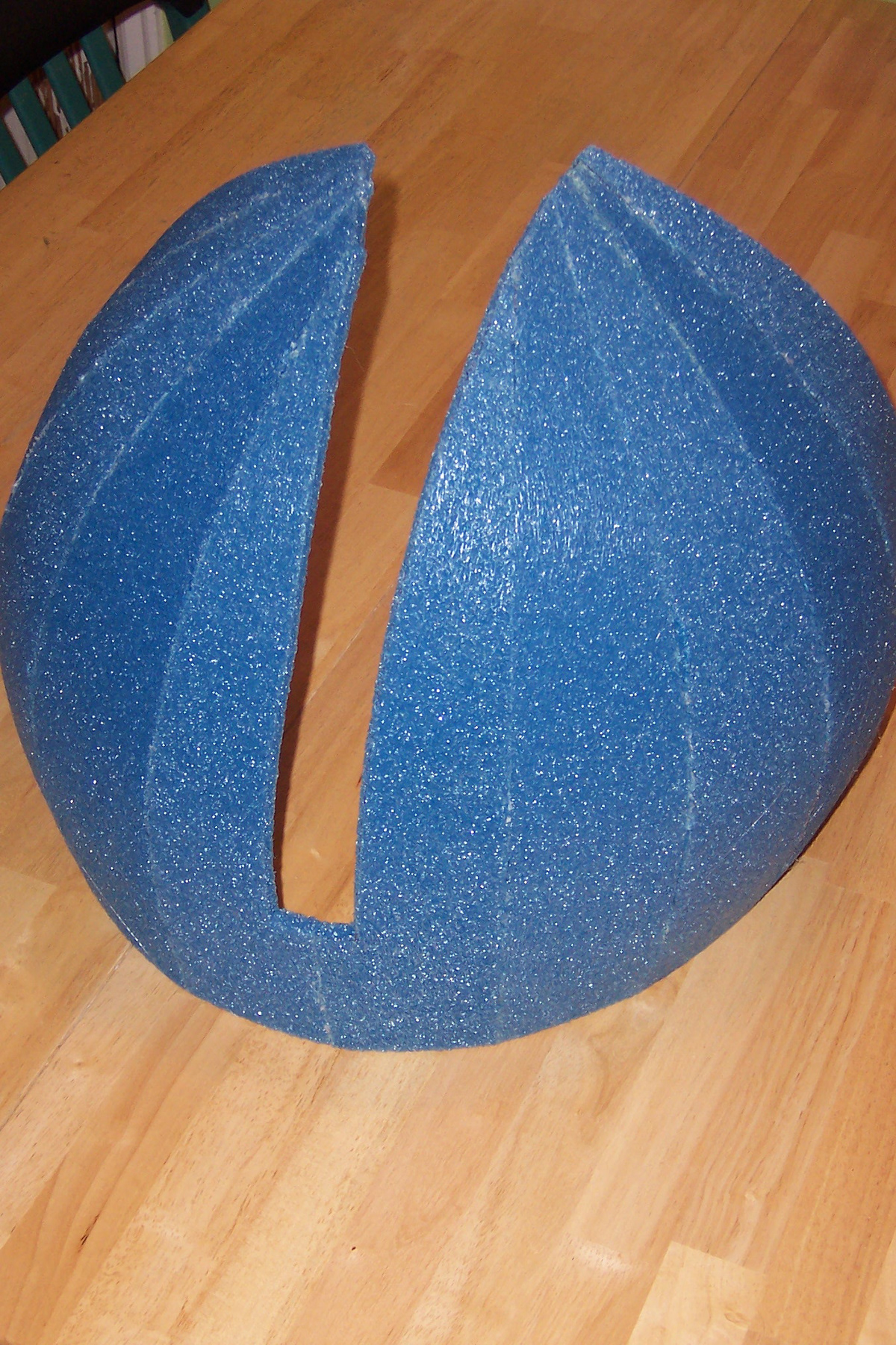Human-Powered Vehicle
2007-2010
2007-2010

Slipstream recumbent bicycle by Longbikes (Colorado), a rugged high-end touring bike, long wheelbase, under-seat steering, disk brakes. This is the chassis for a human-powered vehicle design...

The design software is Pilot3d, a boat hull design package. The bike frame and rider geometry are entered into the code...

Profile of the design. The blue/red striped portion at the front wheel is fixed to the fork assembly and rotates with it left and right during turns. It is designed as a figure of revolution so that the envelope of the vehicle does not change during steering maneuvers.

Profile view with canopy open. The canopy is hinged on an axis near the front wheel. The motion path clears the fixed portions of the fairing and the front wheel. The windshield and back windows are designed to be formed by rolling flat sheets of Lexan in one direction only - no compound curves required.

Several views of the design. The bottom panels of the fairing under the driver's legs are designed to hinge down like bomb-bay doors to make it easy to stand astride the frame before sitting down.

Oblique view with canopy tilted forward. Note the subtle taper into the rounded back. The intention of the rounded end is to minimize side forces by allowing side winds to flow around the back from one side to the other - a sharp vertical fin would act like an airfoil and produce strong side forces (but also forward thrust at some wind angles). The design has very large frontal area. It would require boundary layer suction over the rear half of the surface to maintain attached flow and reduce drag to a manageable level.

Prototype of the front wheel fairing element. The patterns for the segments are generated by the Pilot3d code, which can produce patterns for plates to be rolled into compound curves for boat hulls. The material is polyethylene foam. The segments are edge-joined with hot-melt glue. Each seam is tacked every 6 inches. Then the glue is applied to the edges of one section at a time. While the glue cools, the adjoining surfaces are held in alignment by hand with the edges compressed along their length to produce smooth compound curves in the foam. The section must cool about 20 seconds before moving to the next section. It's a somewhat laborious process but much faster than the standard method of producing a male mold and applying fiberglass over it. The resulting fairing is quite light too. This section weighs about 3 ounces. The entire fairing is expected to weigh about 10 pounds.

Some of the seams are better than others. Quality criteria include the full penetration of the hot melt adhesive through the thickness, absence of glue on the surface, and continuity of the surface curvature across the joint. For example the centerline joint shows some glue on the surface but the curvature is pretty smooth. Other joints show up as bone lines, with obvious breaks in surface slope.
